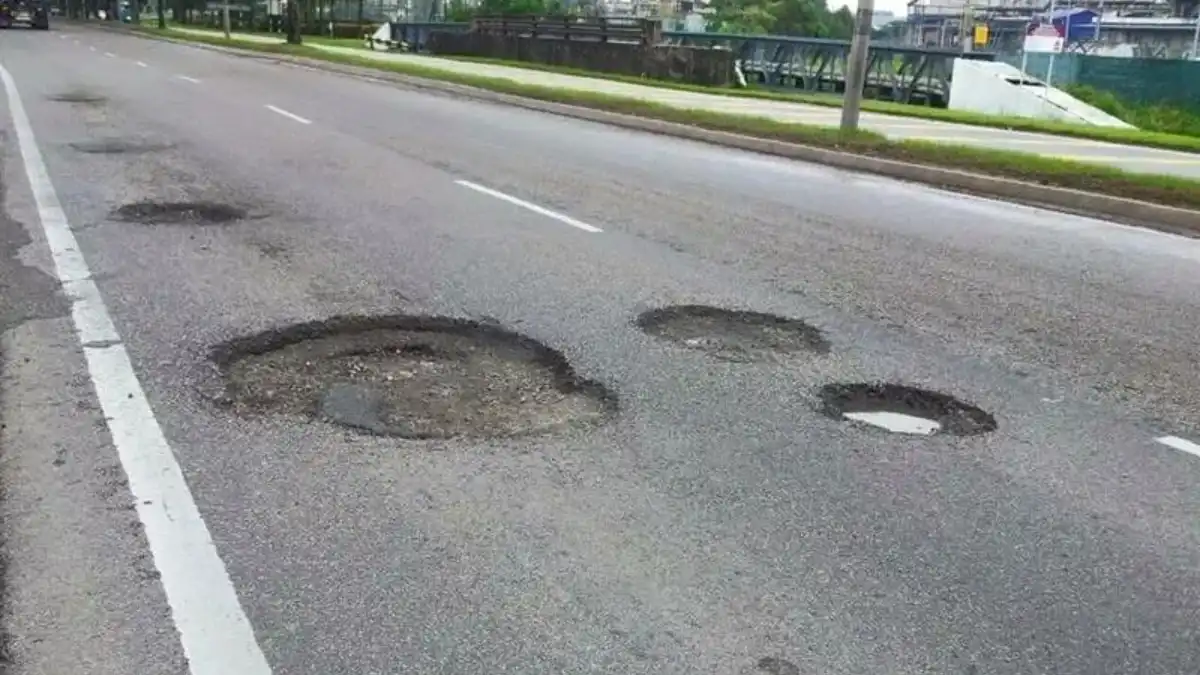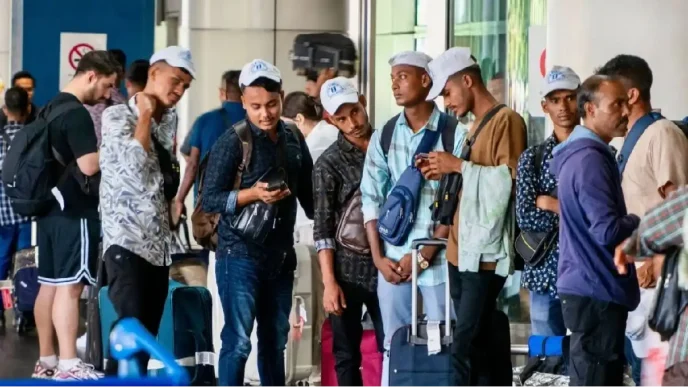In Malaysia, a growing chorus of concern is rising over the alarming rate of fatal road accidents, with recent data painting a grim picture of public safety on the nation’s highways and urban streets. Despite government initiatives and public awareness campaigns, the number of deaths and injuries from traffic collisions remains stubbornly high, prompting experts and activists to demand more robust measures to address what many are calling a national crisis. With thousands of lives lost annually, the stakes could not be higher as policymakers grapple with systemic issues ranging from poor infrastructure to lax enforcement of traffic laws.
A Persistent and Deadly Problem
According to recent statistics from Malaysia’s transport authorities, road accidents claim over 6,000 lives each year, placing the country among the highest in Southeast Asia for traffic-related fatalities per capita. While the government has set ambitious targets to reduce these numbers under the Malaysian Road Safety Plan, progress has been slow. In 2023 alone, more than 500,000 accidents were recorded, with a significant portion involving motorcycles, which are a popular mode of transport for many Malaysians, particularly in rural and suburban areas.
The causes of these accidents are multifaceted. Speeding, reckless driving, and failure to adhere to traffic regulations are frequently cited as primary factors. However, deeper systemic issues, such as poorly maintained roads, inadequate signage, and limited pedestrian infrastructure, exacerbate the problem. In urban centers like Kuala Lumpur, heavy traffic congestion often leads to frustration among drivers, increasing the likelihood of dangerous maneuvers. Meanwhile, in rural areas, narrow roads and insufficient lighting pose significant risks, especially at night.
Transport safety advocates have also pointed to the high number of unlicensed or underage drivers as a contributing factor. Many young Malaysians, particularly teenagers, operate motorcycles without proper training or legal permits, often with tragic consequences. “We see far too many young lives lost because of a lack of education and enforcement” said a spokesperson for a local road safety NGO during a recent press conference reported by regional outlets. This sentiment is echoed by families who have lost loved ones to preventable accidents, many of whom are now calling for stricter licensing requirements and mandatory safety training programs.
Government Efforts and Their Limitations
The Malaysian government has not been idle in the face of this crisis. Over the past decade, several initiatives have been launched to curb road fatalities. The Automated Enforcement System (AES), for instance, was introduced to monitor speeding and red-light violations through cameras installed at key locations. Additionally, public awareness campaigns, such as the annual Ops Sikap during festive seasons like Hari Raya and Chinese New Year, aim to encourage safer driving habits during periods of peak travel.
However, critics argue that these measures are insufficient and often poorly implemented. The AES, while effective in theory, has faced challenges related to maintenance and public skepticism over its accuracy. Moreover, enforcement remains inconsistent, with reports of traffic police focusing more on issuing fines than addressing systemic violations. “The fines are a start, but they don’t address the root causes like poor road design or driver behavior” said a Kuala Lumpur-based urban planner in a recent interview with a local news agency.
Funding is another sticking point. While the government has allocated budgets for road safety improvements, much of the funding is reportedly diverted to other infrastructure projects, leaving critical upgrades—such as better street lighting or pedestrian crossings—underfunded. In 2024, the transport ministry announced a plan to upgrade accident-prone “black spots” across the country, with an estimated cost of 150 million Malaysian Ringgit (US$32 million). Yet, progress on these upgrades remains slow, and many communities are still waiting for promised improvements.
The Human Cost and Societal Impact
Beyond the statistics, the human toll of Malaysia’s road safety crisis is staggering. Each accident leaves behind shattered families and communities, with many victims being breadwinners or young individuals with their lives ahead of them. The emotional and financial burden on survivors and relatives is immense, often compounded by inadequate insurance coverage or government support. Hospitals, too, are strained by the influx of accident victims, with emergency wards in cities like Johor Bahru and Penang frequently overwhelmed.
The economic impact is equally significant. Road accidents cost Malaysia billions of Ringgit annually in medical expenses, property damage, and lost productivity. For a developing economy striving to achieve high-income status by the end of the decade, this drain on resources poses a serious obstacle. Small businesses, in particular, suffer when employees or owners are injured or killed in crashes, disrupting local economies and livelihoods.
Public frustration is palpable. On social media platforms, Malaysians regularly share stories of near-misses or tragic losses, often tagging government officials in posts demanding accountability. While sentiment online reflects a mix of anger and resignation, there is also a growing movement of grassroots activism. Community groups in states like Sabah and Sarawak have organized rallies and petitions, urging local authorities to prioritize road safety over other political agendas.
Lessons from the Region and Beyond
Malaysia is not alone in grappling with road safety challenges, but comparisons with neighboring countries offer potential lessons. Singapore, for instance, has one of the lowest road fatality rates in the region, thanks to stringent laws, heavy fines, and a comprehensive public transport system that reduces reliance on private vehicles. Thailand, while still struggling with high accident rates, has seen success in recent years through targeted campaigns to reduce drunk driving, including random breathalyzer tests and severe penalties for offenders.
Internationally, countries like Sweden have pioneered the “Vision Zero” approach, which aims to eliminate all traffic deaths through a combination of infrastructure redesign, speed limits, and public education. Malaysian activists have cited this model as a potential blueprint, though adapting it to local conditions—such as high motorcycle usage and diverse road environments—would require significant investment and political will.
Experts suggest that Malaysia could start by focusing on high-impact, low-cost interventions. These include better enforcement of helmet laws for motorcyclists, stricter penalties for speeding, and mandatory defensive driving courses for new license holders. Additionally, partnerships with private companies could help fund safety initiatives, such as installing reflective road markers or sponsoring public service announcements.
Looking Ahead: A Call for Collective Action
As Malaysia confronts its road safety crisis, the path forward requires a multi-pronged approach that goes beyond government action. Civil society, private stakeholders, and individual citizens all have a role to play in fostering a culture of responsibility on the roads. Schools could integrate road safety education into curricula, while technology—such as mobile apps to report dangerous driving—could empower communities to hold offenders accountable.
At the policy level, there is an urgent need for transparency in how road safety budgets are spent and for measurable benchmarks to track progress. Without these, public trust in government initiatives will continue to erode. If recent trends are any indication, the issue of road safety may also become a political flashpoint in upcoming elections, with voters demanding concrete results rather than promises.
For now, the toll of Malaysia’s roads remains a sobering reminder of the work that lies ahead. As families mourn their loved ones and survivors bear the scars of preventable tragedies, the question looms large: will the nation muster the resolve to turn the tide, or will the cycle of loss continue unabated?
















